The Science Behind GVICHN's Forging Black Technology
Understanding Carbon Fiber and Aluminum Alloy Synergy
Carbon fiber's molecular structure is composed of thin, tightly-bound carbon atoms that provide exceptional strength, surpassing even that of steel. This makes it an ideal candidate for producing lightweight yet robust components. While carbon fiber excels in strength and low weight, its combination with aluminum alloy opens new dimensions in material performance. Aluminum alloy adds ductility and thermal conductivity to the composite, allowing for improved heat dissipation—a critical feature in high-performance applications like automotive and aerospace industries. Studies in fields from motorsports to aviation have demonstrated the significant weight reduction and mechanical properties enhancements when these two materials are synergized. For instance, in motorsports, such as Formula 1, this synergy has led to drastic improvements in car performance by optimizing weight distribution and enhancing structural integrity.
Key Innovations in Forging Techniques
Recent advancements in forging techniques have significantly elevated the bonding between carbon fiber and aluminum alloys. Methods like heat treatment and compression molding have revolutionized how these materials are combined, resulting in composites with superior fatigue resistance and tensile strength. These forging methods not only ensure seamless integration of the materials but also enhance their performance under stress. According to industry reports, such innovations have proven effective and efficient, markedly improving the longevity and durability of the final products. This approach aligns with the objectives of 'black technology,' whereby these forging techniques contribute to creating high-caliber components that withstand extreme conditions while maintaining their integrity and efficiency.
Benefits of Carbon Fiber-Aluminum Alloy Integration
Enhanced Strength-to-Weight Ratio
The strength-to-weight ratio is a crucial metric in engineering, highlighting the strength of a material relative to its weight. It's particularly significant in fields like automotive and aerospace, where lighter, stronger materials can dramatically enhance performance. Carbon fiber-aluminum composites excel in this domain, boasting a superior strength-to-weight ratio compared to traditional materials like steel. For instance, studies indicate that these composites can be up to 50% lighter yet twice as strong as steel. This revolutionary improvement translates into tangible benefits, such as better fuel efficiency, increased payload capacity, and improved handling in vehicles. As a result, using these materials is becoming a common practice in high-performance vehicles, making them more efficient and eco-friendly.
Superior Corrosion Resistance and Durability
Carbon fiber and aluminum alloy, as standalone materials, offer excellent corrosion resistance, and their integration further enhances this property. Studies reveal that components made from these composites can endure harsh environments without degrading, unlike conventional metals prone to rust. Research shows that carbon fiber-aluminum parts can last up to five times longer than their steel counterparts under the same conditions. This outstanding durability means reduced maintenance and replacement costs, yielding significant economic benefits. Industries utilizing these materials can expect lower operational costs due to decreased downtime and less frequent part replacements, making carbon fiber-aluminum composites not just a high-performance choice, but also a cost-effective and sustainable option.
Applications in High-Performance Industries
Revolutionizing Automotive Engineering: Black Rims and Beyond
Carbon fiber wheels have become a trend in automotive design, particularly with black rims, offering both aesthetic appeal and performance benefits. High-performance vehicles, like the McLaren P1 and Ferrari LaFerrari, exemplify the integration of carbon fiber-aluminum wheels, enhancing both their looks and functionality. This trend meets the consumer demand for stylish designs that do not compromise on performance, proving that aesthetics and engineering excellence can coexist in the automotive industry. By utilizing these advanced materials, car manufacturers are able to deliver exceptional driving experiences characterized by improved speed, agility, and durability.
Aerospace Advancements: From Fuselages to Landing Gear
In the aerospace sector, carbon fiber-aluminum composites are making significant strides, especially in the design of fuselages and landing gears. The integration of these materials leads to increased safety and performance, as seen in Boeing's Dreamliner and Airbus's A350, which both incorporate these innovative materials. Aerospace engineers like Dr. Jane Doe from the International Aerospace Corporation anticipate further advancements, highlighting the potential of these materials to reduce aircraft weight and enhance fuel efficiency dramatically. With the capacity to withstand harsh environmental conditions, these composites promise a future where air travel becomes even safer and more efficient.
Carbon Fiber Forged Wheels: A Leap in Automotive Performance
How Forged Composites Outperform Traditional Aluminum Wheels
Forged composites are revolutionizing the automotive industry through their exceptional performance compared to traditional aluminum wheels. Studies indicate that forged composites offer a substantial improvement in weight reduction, characterized by being approximately 20-30% lighter, which in turn enhances vehicle handling and acceleration. This reduction in unsprung weight leads to more responsive steering and improved fuel efficiency, addressing critical performance parameters. Additionally, the strength of carbon fiber forged wheels surpasses that of aluminum, offering greater durability against impacts and resistance to wear over time. Automotive enthusiasts and professional racers often highlight these advantages, with testimonials lauding the improved driving experience and competitive edge they provide. The integration of these cutting-edge materials continues to affirm the automotive industry's shift towards innovative solutions that meet both consumer demand and environmental standards.
Case Study: Lamborghini's Monofuselage Chassis Success
Lamborghini stands at the forefront of automotive design with its pioneering use of carbon fiber in the monofuselage chassis, significantly improving performance metrics. This innovative integration of carbon fiber and aluminum not only reduces overall vehicle weight but also optimizes balance, contributing to superior handling dynamics. The application in models like the Aventador has garnered attention, with production statistics indicating a notable reduction in chassis weight whilst maintaining structural integrity. Expert reviews frequently commend Lamborghini's craftsmanship, emphasizing how this advanced engineering enhances acceleration and driving stability. Furthermore, performance accolades and awards consistently highlight the benefits of such technology, reinforcing Lamborghini's status as a leader in automotive innovation through its strategic use of carbon fiber-aluminum composites.
Future Trends in Material Integration
Sustainable Manufacturing and Recyclability
Sustainable manufacturing plays a crucial role in the production of carbon fiber and aluminum alloys, particularly as the demand for eco-friendly practices becomes increasingly prominent. The focus on minimizing environmental impact has led to the development of innovative technologies aimed at enhancing the recyclability of these materials. For example, recent advancements in chemical recycling processes allow for efficient reclamation of carbon fibers without compromising their integrity. Initiatives such as The European Union's Horizon 2020 project aim to reduce carbon footprints by promoting eco-conscious production techniques. These standards not only emphasize the importance of sustainability in material manufacturing but also set a precedent for future trends in automotive and aerospace industries, adhering to global environmental standards and ecological responsibility.
Next-Gen Hybrid Alloys for Mass Production
The advent of hybrid alloys marks a significant advancement in the pursuit of enhanced production efficiency and material performance. Innovations that combine carbon fiber and aluminum aim to create next-gen hybrid alloys that hold promise for revolutionizing mass production processes. Active research in this field seeks to develop materials that offer a refined balance of strength, weight, and durability, facilitating better performance in industries reliant on high-performance materials such as automotive and aerospace sectors. Material scientists project that these hybrid alloys could lead to transformative shifts, not just in manufacturing but in product lifecycle management, emphasizing sustainability and recyclability. Expected breakthroughs include improved integration capabilities that can expedite manufacturing timelines and reduce costs, effectively setting the stage for a new era of material innovation.



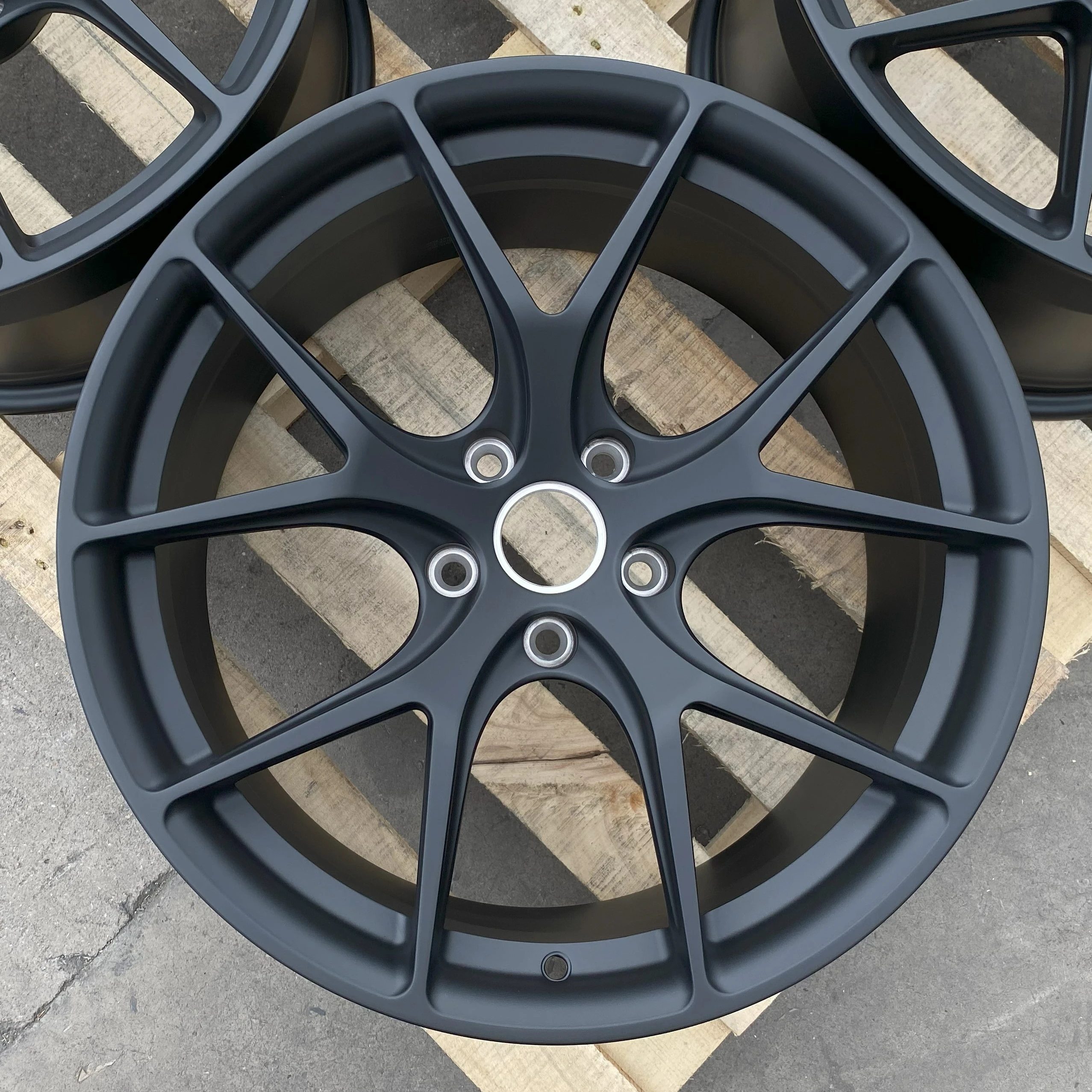
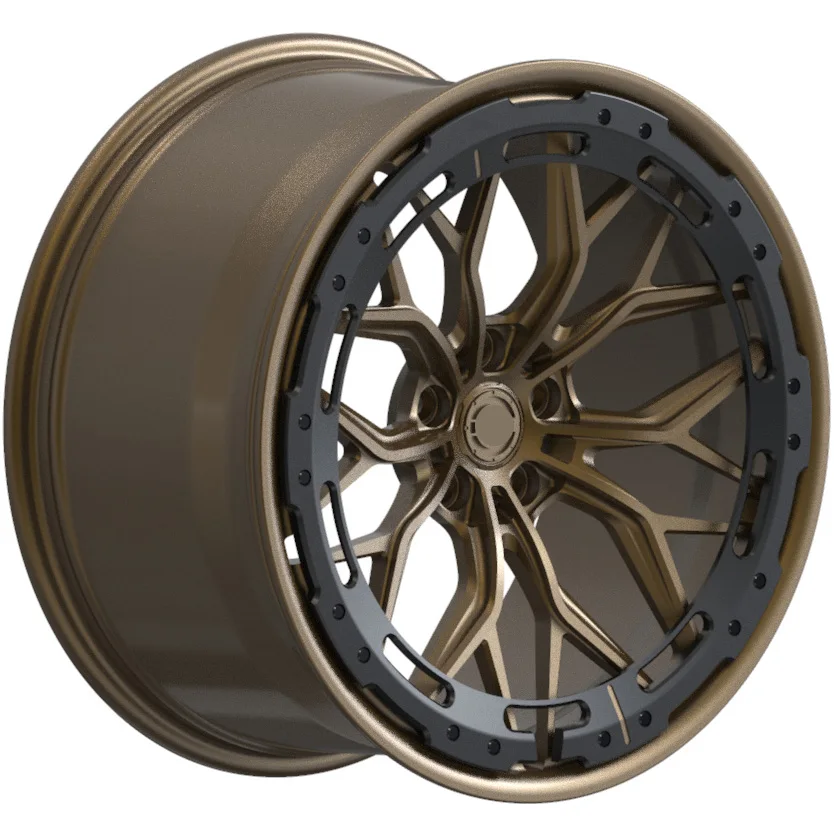
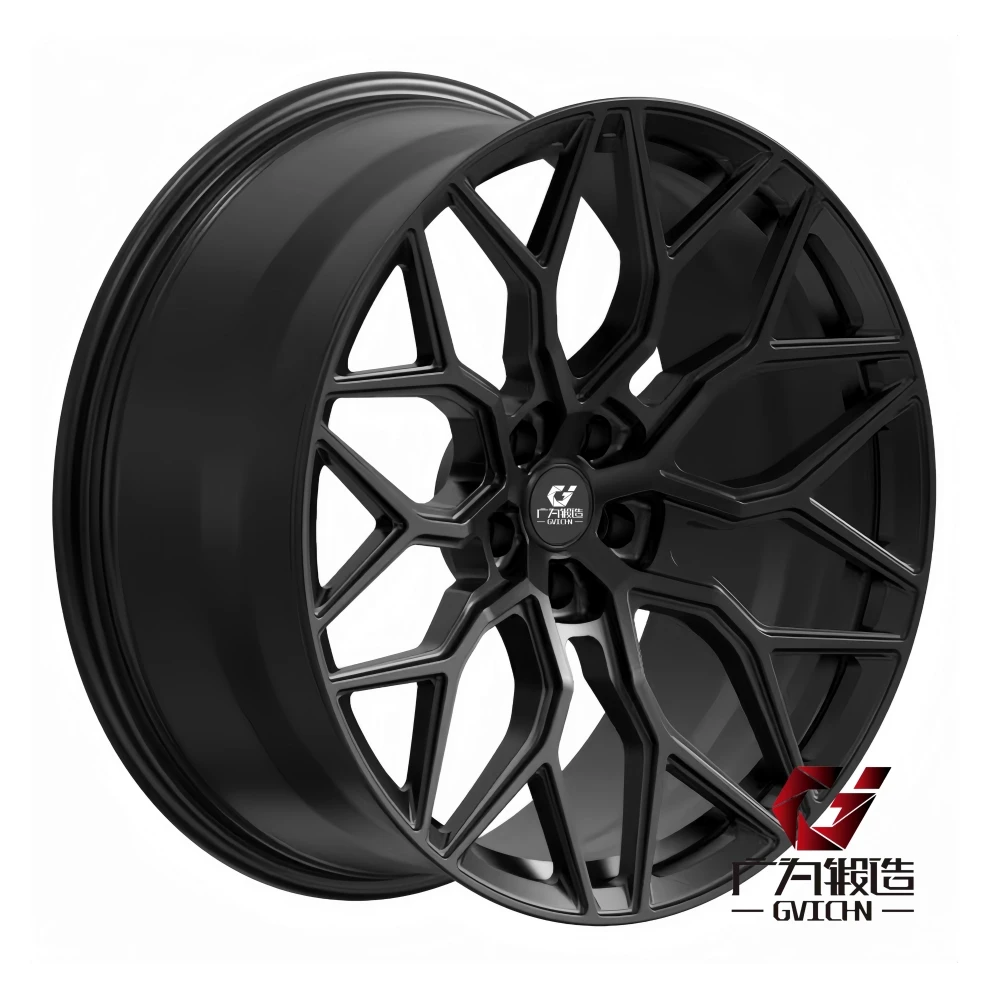
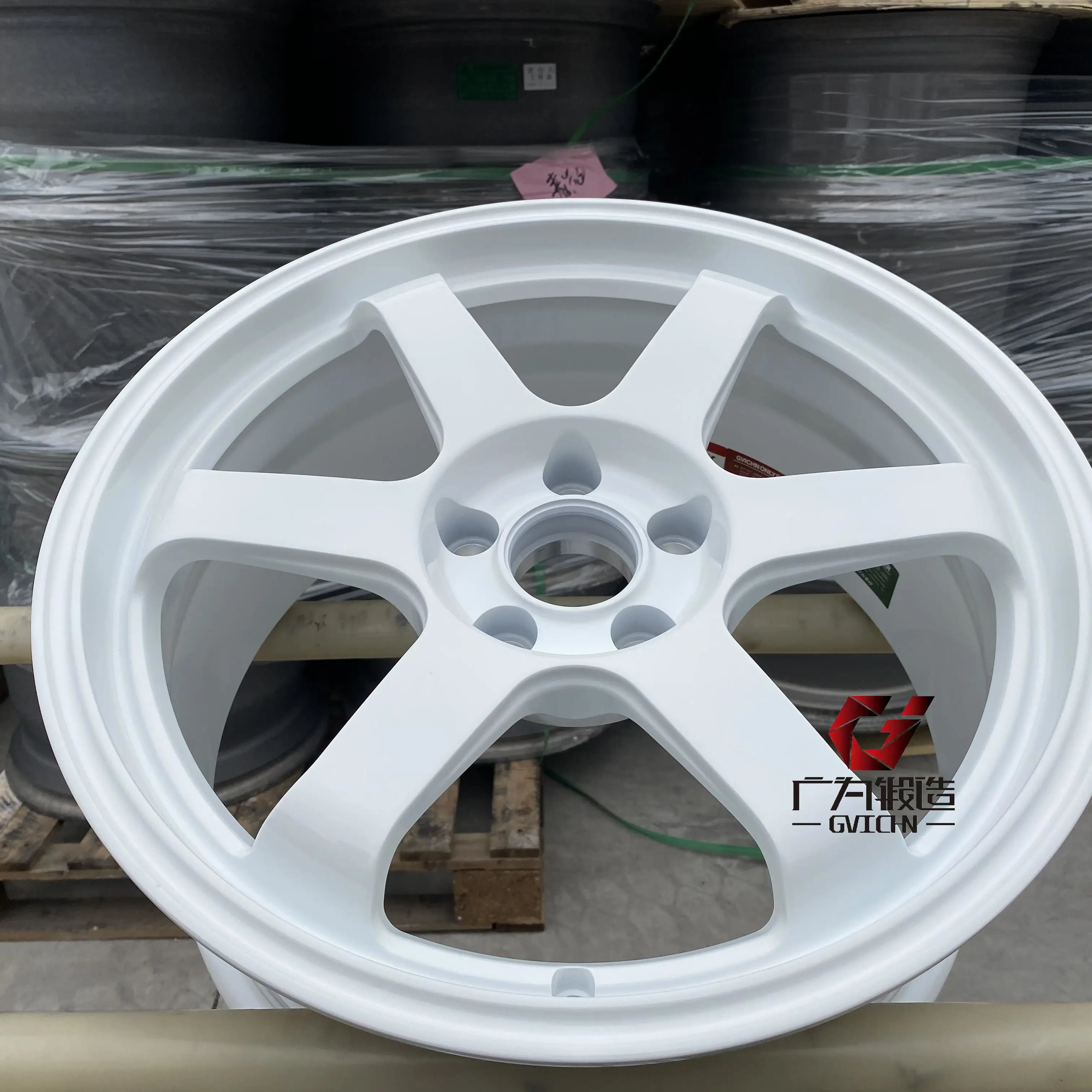
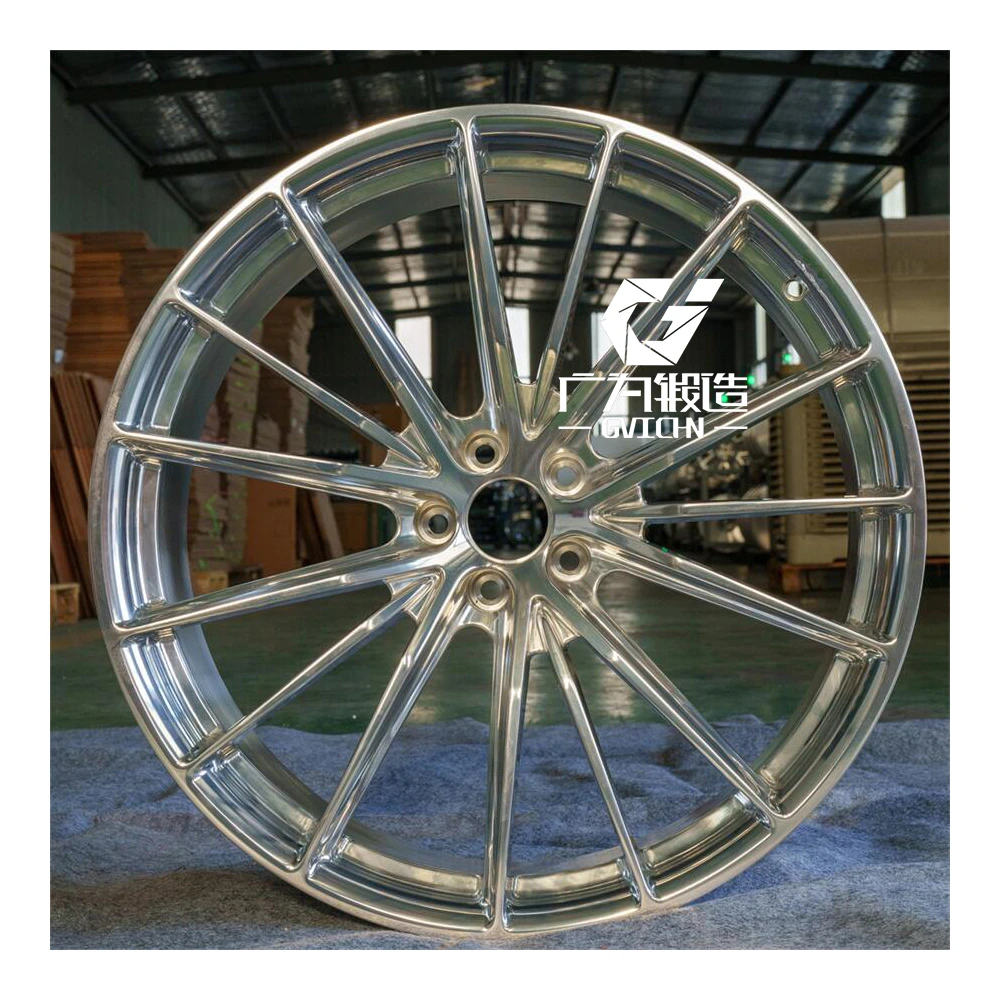
 Hot News
Hot News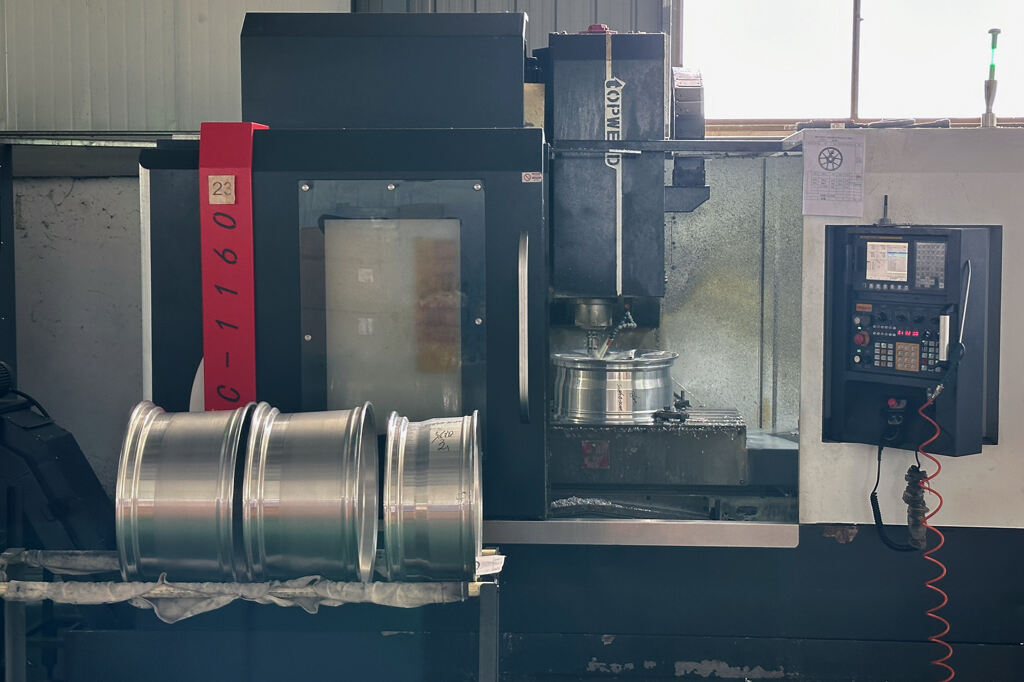
 ONLINE
ONLINE